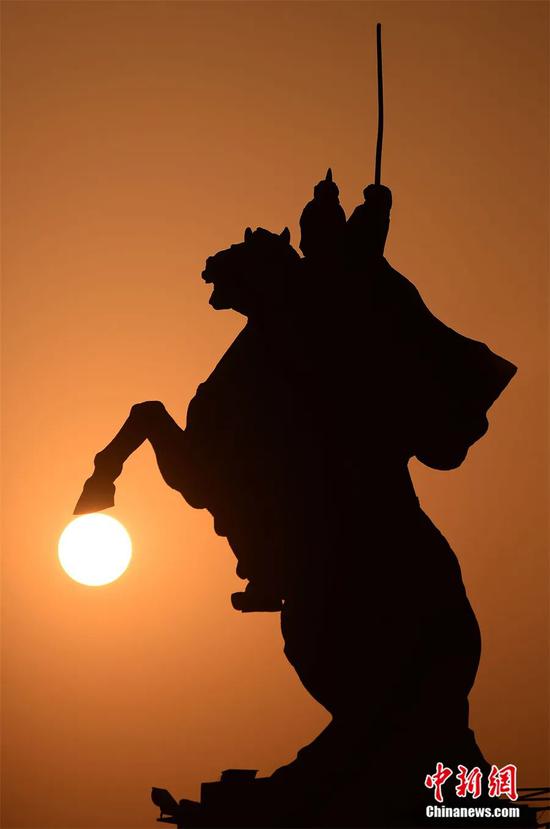
A statue themed on the story of King Wuling of Zhao (340-295 B.C.) in Handan, north China's Hebei Province. (Photo/Hao Qunying)
By ZHENG Qian
(ZHENG Qian, the vice-director of Chinese National Museum of Ethnography)
(CNS) - In 307 B.C., King Wuling of Zhao (340-295 B.C.) made an important decision to wear the costumes of the Tartar nomadic group. But soon he was sharply reproached for the decision: "Your Majesty, if you replace our costumes with those of a faraway group, you change our beliefs, transform ourWay and violate our spirits."
This accusation stemmed from the logic of Chinese being nobler than others, and it was at the ideological and cultural heights of beliefs and Way. But the king responded from a realistic standpoint, believing that the reform of Tartar-style costumes, horse-riding and archery would benefit the people and strengthen the state. King Wuling defended himself with the interests of the people for the strategic future of the state of Zhao at an unquestionable political height.
After that, King Wuling carried out a series of major reforms, wearing short clothes, belts, hooks and leather boots as he established the first cavalry-based army in the history of the Central Plains. He ended the ideological and cultural debate more than 2,300 years ago with a powerful military and a glorious state. Since then, there have been no doubts about the reform, suggesting a value consensus of historical realism. Over the last millennium, the story has been retold repeatedly. It is a story that must be told in retrospect of China’s history– a chapter that must be written into Chinese civilization.
Then what is the internal logic of Chinese civilization in the story?
In the historical context of the Spring and Autumn Period (770-476 B.C.) and the Warring States Period (476-221 B.C.), the story opened the door of Chinese culture to barbarians, bringing the periphery into the center. In the context of historical realism, it inspired mutual learning, borrowing and transformation between Chinese and foreigners, as well as triggering the double variation of Sinicization and foreignization.
From the vision of the China’s entire history, the story shaped an inclusive culture and politics. It also established a solid, lasting tradition in ideology and culture: inclusiveness and interaction.
The "World" is an open system that doesn’t reject "the other"
Six hundred years after the time of the story, the other story of five-Tartar-groups -entering-China occurred after a separate and splitting period in Chinese history. Consciously or unconsciously, the five Tartar groups transformed their cultures to settle on the soil and accept the Central Plains culture. Most of them finally integrated into China.
Among them, Emperor Xiaowen of the Northern Wei Dynasty (386-534A.D.)was a radical leader in the wave of integrating faraway groups into China. He set about creating rites and music to reconstruct politics and culture in accordance with Chinese traditions. He recounted the history of his people as "descendants of the Yellow Emperor, the ancestor of the Chinese". In consequence, the northern nomads who wore Tartar-style costumes on horseback became Confucian scholars and bureaucrats in Chinese costumes. The reform is an epic of Sinicization. According to A Record of Buddhist Monasteries in Luoyang, Chen Qingzhi, a general in the Southern Dynasty(420-589A.D.), served as an envoy to the Northern Wei Dynasty from south of the Yangtze River. He thought that once he crossed the Yangtze, he would see a cultural wasteland under the rule of barbarians. When he walked into Luoyang, he was shocked: the city under the governance of the Xianbei ethnic group was "affluent in etiquette". He could not help exclaiming,"Only nowdoI know that Confucianscholars and bureaucrats arestill in the Central Plains."
Thus the history witnessed the other way of China's openness in the story of leaning classical Chinese poetry and wearing Chinese costumes different from the reform of Tartar-style dress, horse-riding and archery. It was an active integration into China of barbarians attracted by its culture. This attraction was not accidental; it originated from an endogenous characteristic of Chinese culture and can be traced back to the concept of "the World" formed during the Western Zhou Dynasty(1046-771 B.C.). In the eyes of Confucians, a unified World is composed of a five-sided pattern with China in the center and the others around it. In the World, who is Chinese is determined not by blood, lineage or race, but by agreement with Chinese culture.
Therefore, the "World" is an open system that does not reject the "other". A Taiwan historian, Cho-yun Hsu said that in Chinese culture, "there is no absolute 'other', only a relative 'me'." After dressing like Chinese gentry, Tartars confidently considered themselves as the orthodox successors of Chinese culture like those Xianbei people who broke through the Great Wall into the Central Plains. And they integrated their dynasties into Chinese historical line. The World is like endless concentric circles, open to the roads from the edge to the center. In this way, the idea of the World brings an infinite openness and attraction. It is precisely for this reason that the integration of neighboring ethnic groups into China is uncountable, frequent and dense in the course of Chinese history,
Two-way metaphors
The two stories – Tartar-style costumes, horse-riding and archery, and elegant music and Confucian costumes – show a two-way style of opening Chinese culture: openness from the inside out and acceptance from the outside in. It is like a Tai Chi of mutual generation with a powerful mechanism to stimulate and interact with each cultural endpoint. It makes the interior of the culture energetic and lively, and the cultural extroversion open and inclusive.
Chinese civilization has no outward expansion or aggression. But how can it develop inward coherently without getting stuck in the block and keeping stillness in the culture evolution? Such a unique cultural gene is hidden in the narration of the two historical stories.
Why does China converge and move toward a higher-level unity and closer integration again and again after several historical confrontations and splits between the North and the South? Such a magic historical key is also hidden in the two-way metaphors of the two stories.
After 300 years of divergence in the Wei, Jin, Southern and Northern dynasties(220-598 A.D.), China finally healed the division and rebuilt a stronger unity in the Sui (581-618 A.D.) and Tang (618-907 A.D.) dynasties that greatly enriched Chinese civilization. The dynasties established by the northern ethnic groups are an indispensable chapter of Chinese history. Different ethnic rulers did not cut off tradition, but rather became co-creators and co-owners of Chinese culture.
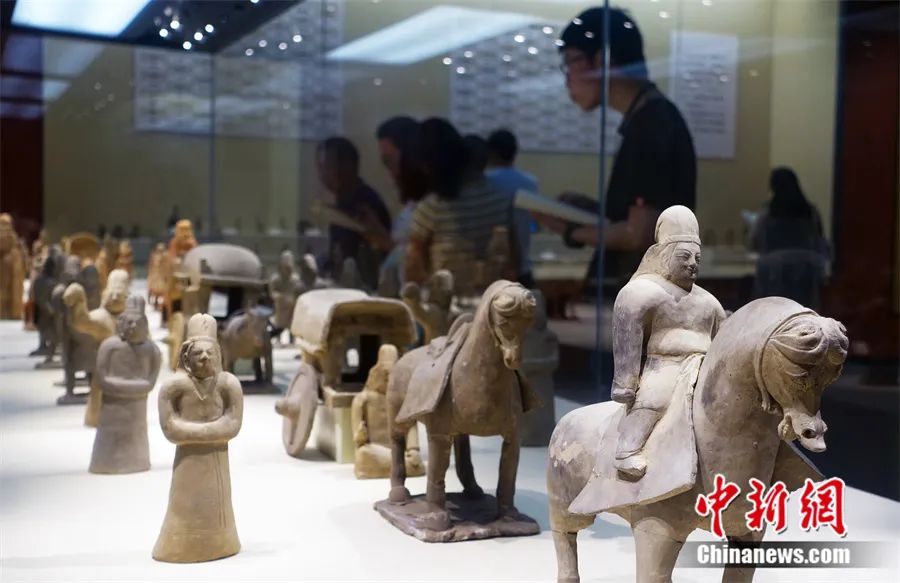
The spectrum of ethnically cultural blending
In Chinese history, the mechanism of reciprocal cultural blending promoted extensive and frequent ethnic interactions and exchanges. Fei Xiaotong, a Chinese anthropologist, once said it was difficult to explain many Chinese phenomena applying the idea of "one place, one people". Therefore, he proposed an academic concept of "ethnic corridor" to break the theoretical dilemma. Observing the anthropogeographyalong the corridors, we can see a spectrum of ethnic cultural blending in history.
For instance, in the thousands of years, the Nomadic Di-Qiang group moved south from the northwest; the rice-planting Baiyue group headed west from the southeast; the corn-planting Three-Miao groups also migrated west from the mid-south and the Yungui in the southwest. Converging at the Tibetan-Yi Corridor in the east of Tibetan Plateau, several cultures collided and interacted along the southwestern mountains and valleys. As far as costumes are concerned, the Di-Qiang group was originally good at producing leather and felt; the Baiyue group at cotton, linen and silk; and the three Miao groups at embroidery. After thousands of years, the nomadic Di-Qiang group grew into experts on embroidery, and Qiang embroidery is now a national intangible cultural heritage in China.
The Miao group in colorful skirts learned to use blankets against the chilly wind on the plateau. A branch of Miao, Big-flower Miao’s wool blankets are woven with the migration route map of their ancestors. As the descendants of Baiyue, the Dong group wear silver crowns and pleated skirts highly similar to the dress of the Miao group. The ethnic groups influence each other by means of the interaction and exchange. Hani group are descendants of nomads who migrated from the northwest plateau. After interacting with Baiyue farmers, they turned themselves into the most patient farmers for more than 1,000 years and carved the whole hillside of AilaoMountain into "Hani Terraces". This unparalleled agricultural wonder has become a world cultural heritage that makes all Chinese people proud.
The bidirectional narration of the two stories interweaves the unique historically Chinese logic: open sharing, mutual interaction, harmonious co-existence and lasting strength.








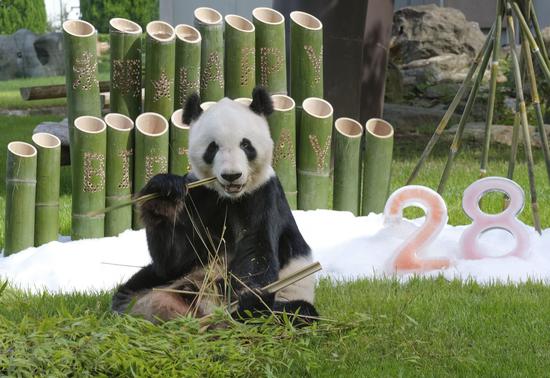
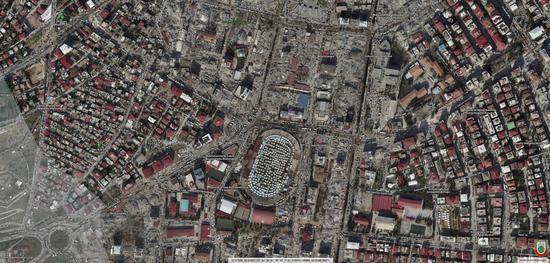

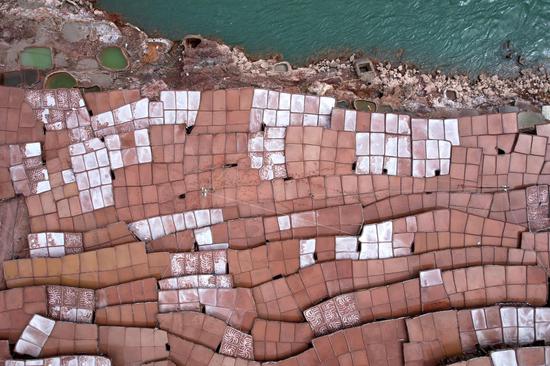
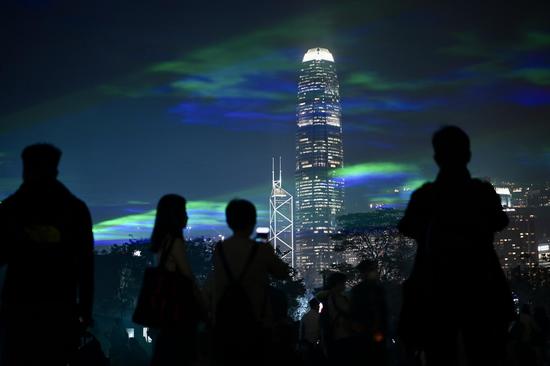
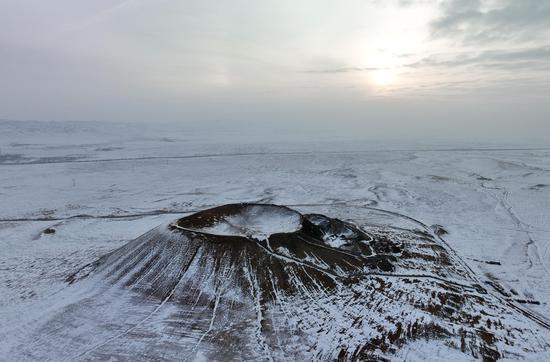
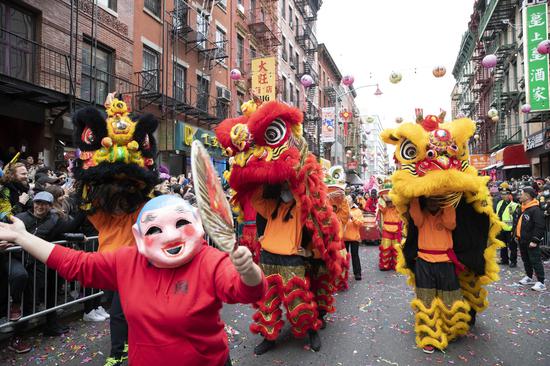
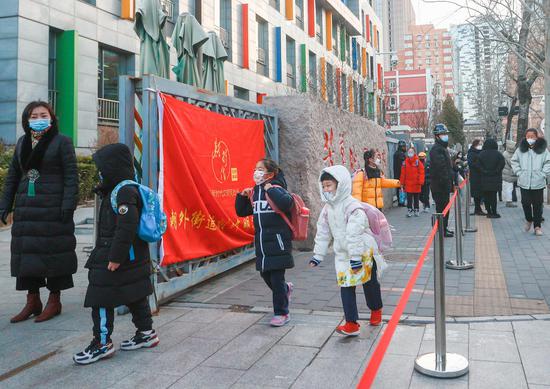

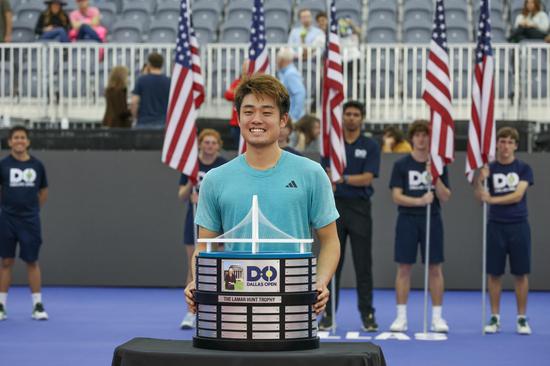
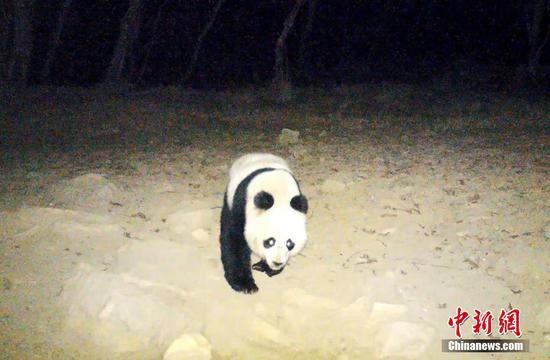
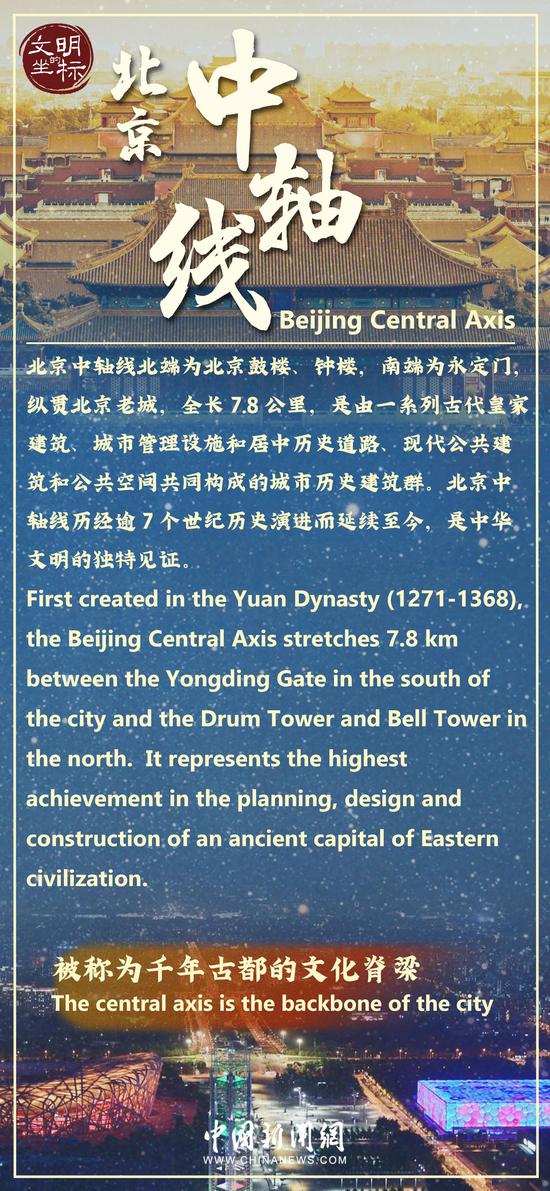




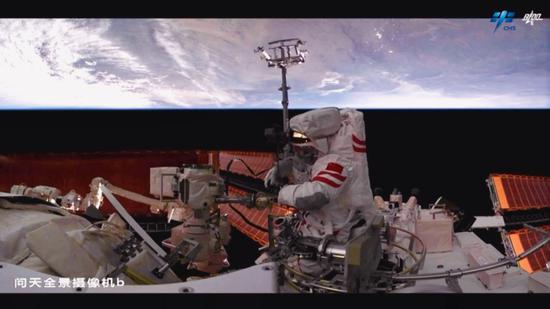

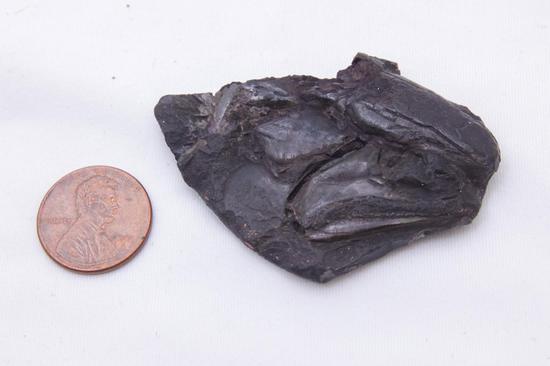
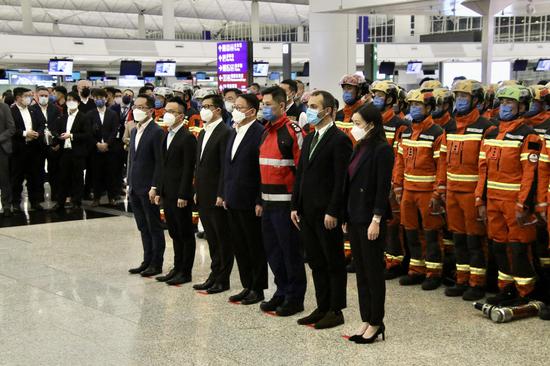
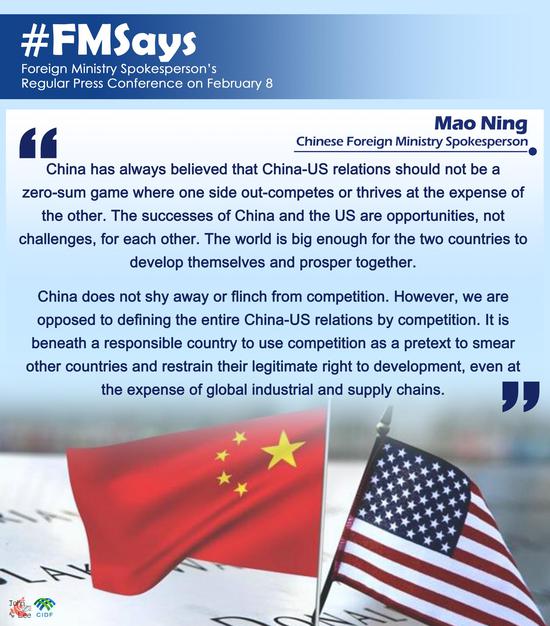




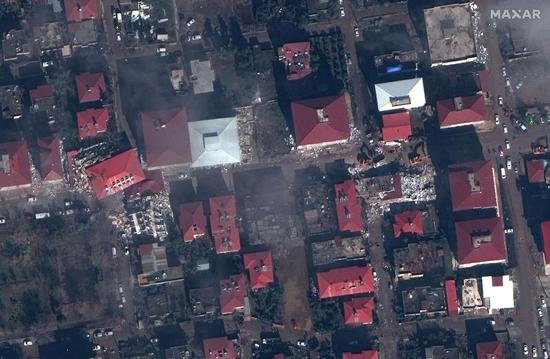
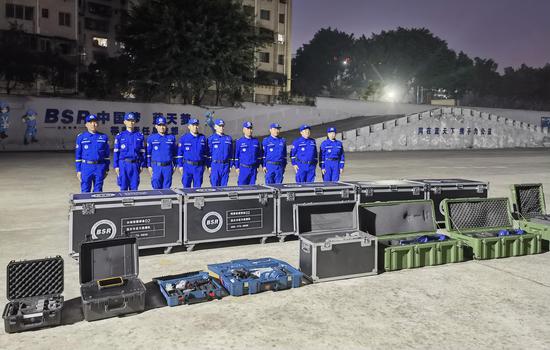
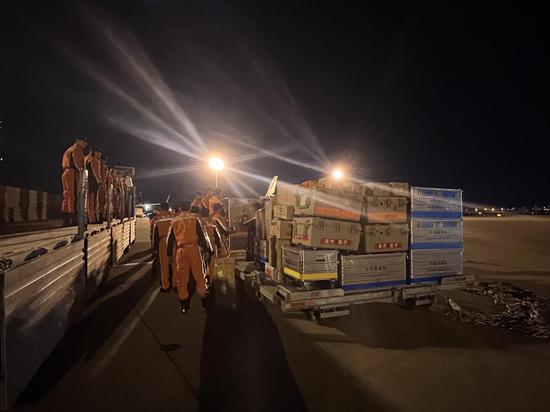
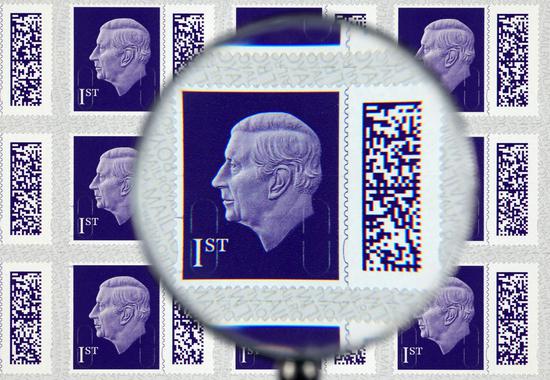
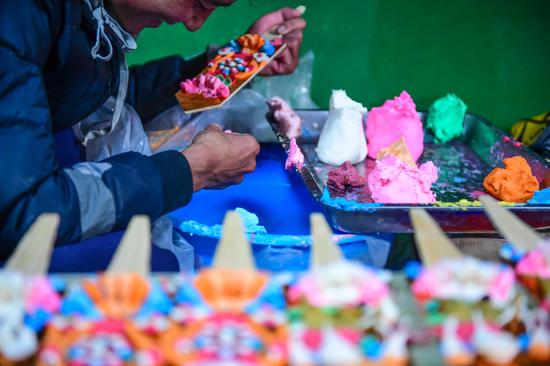
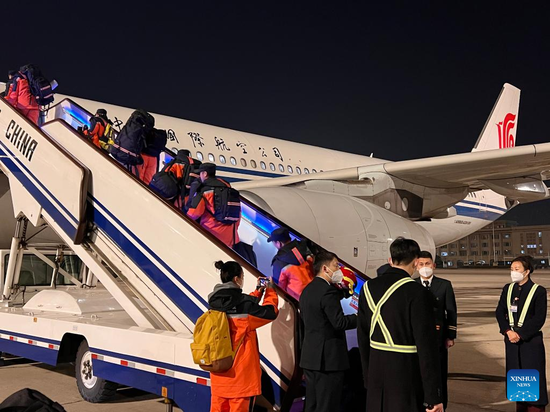
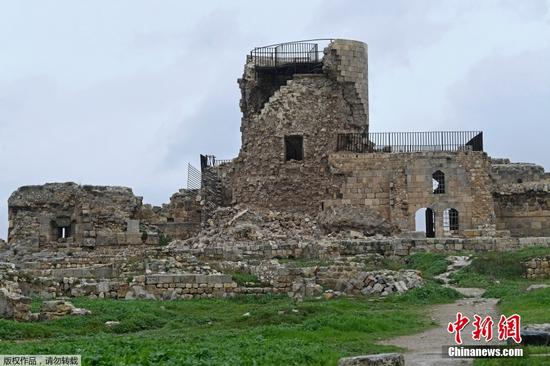


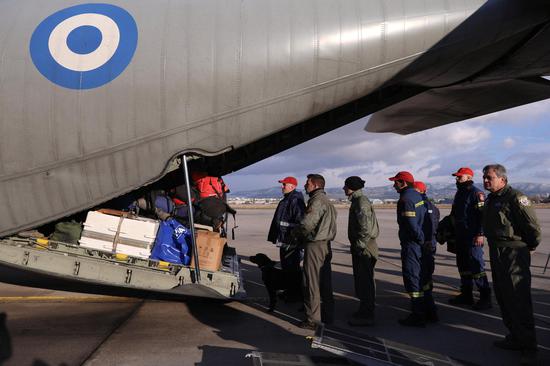
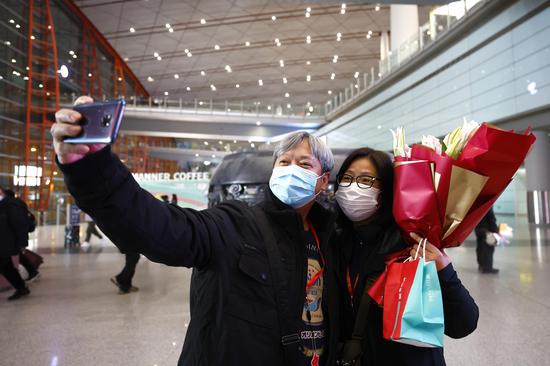


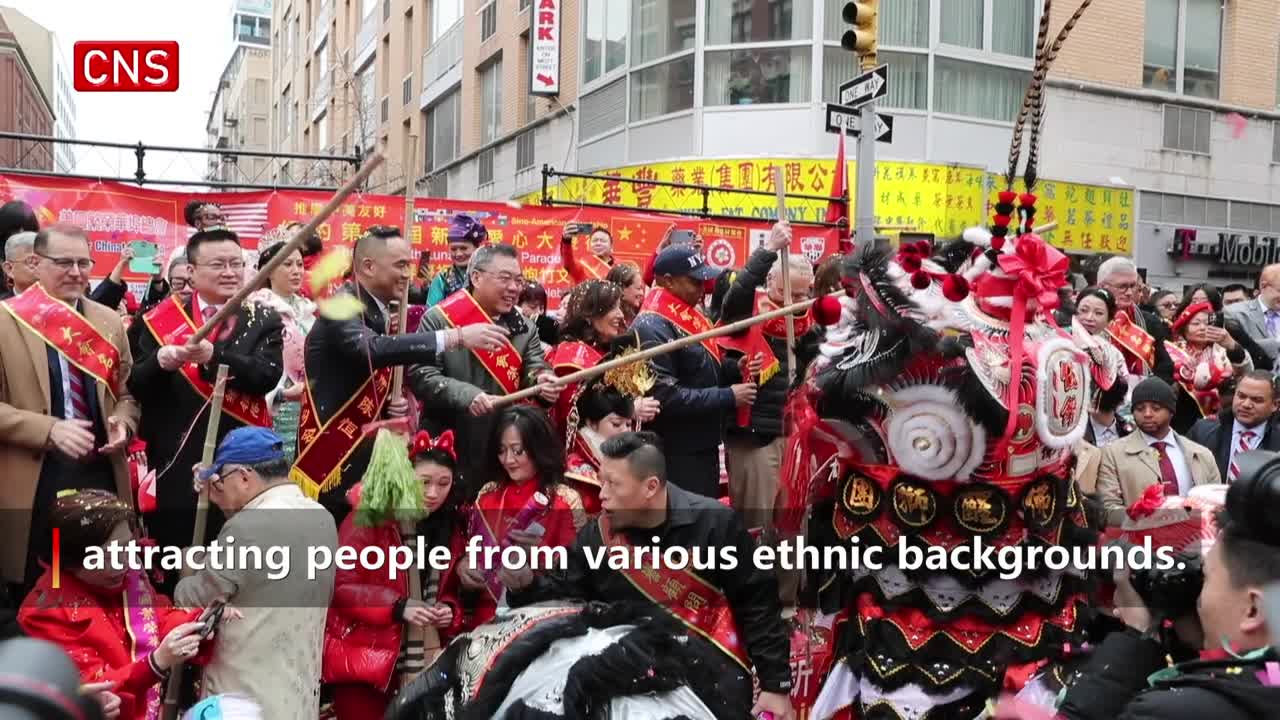

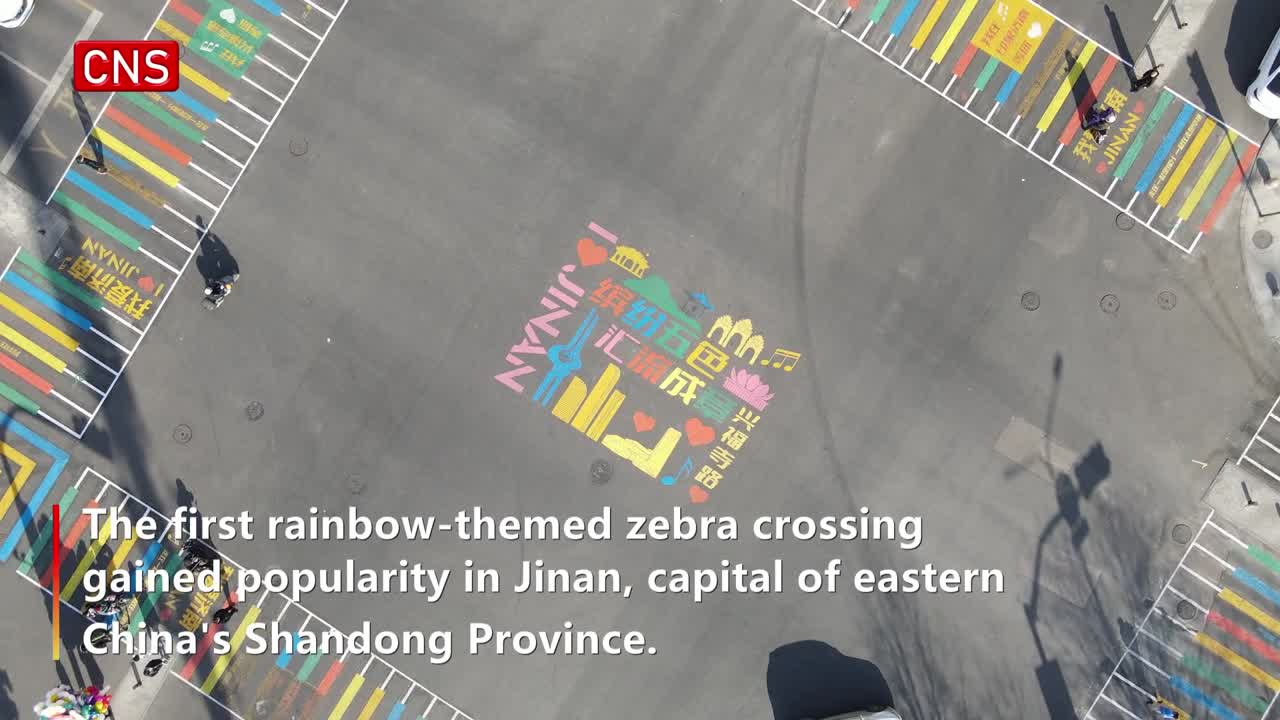

 京公网安备 11010202009201号
京公网安备 11010202009201号